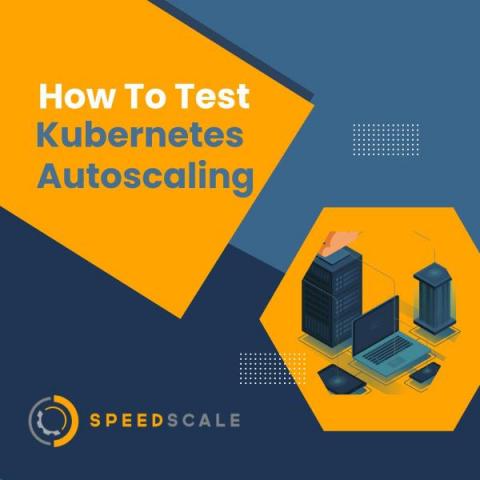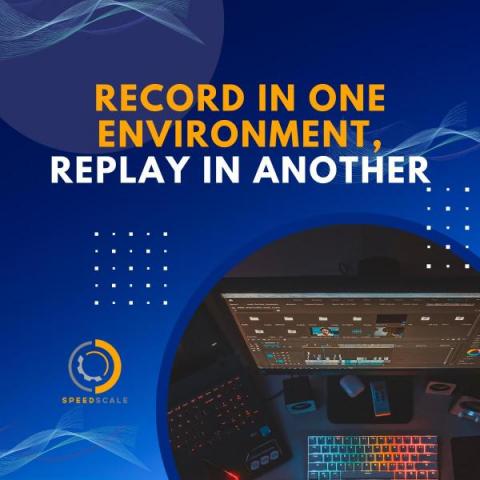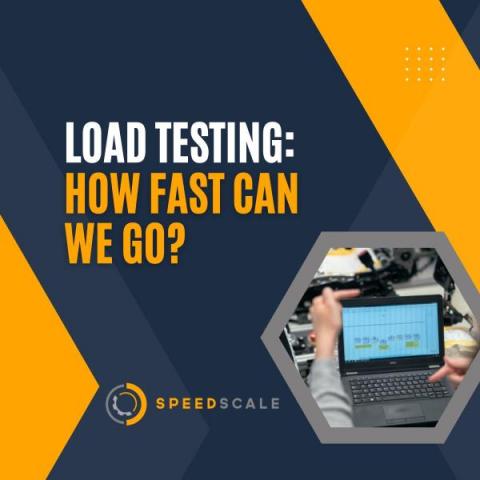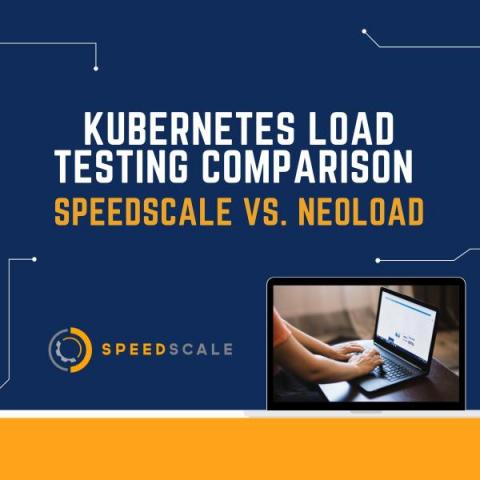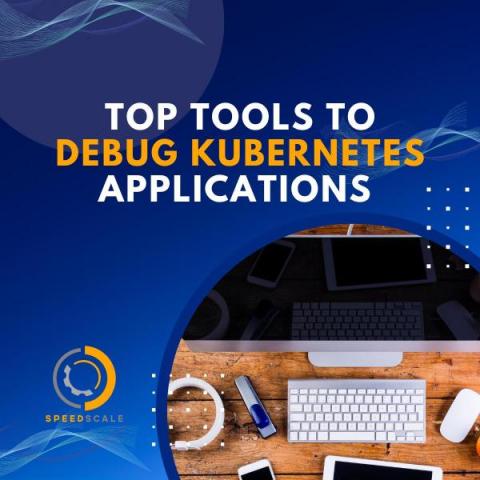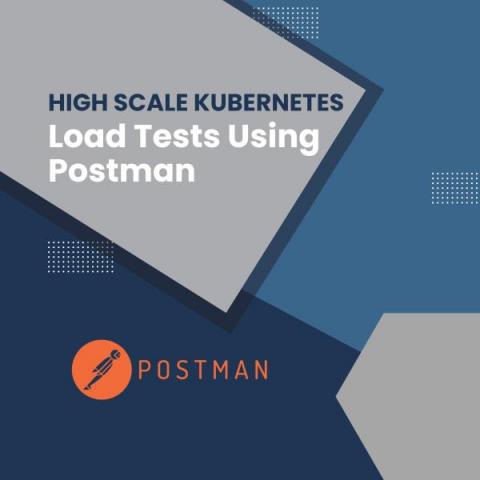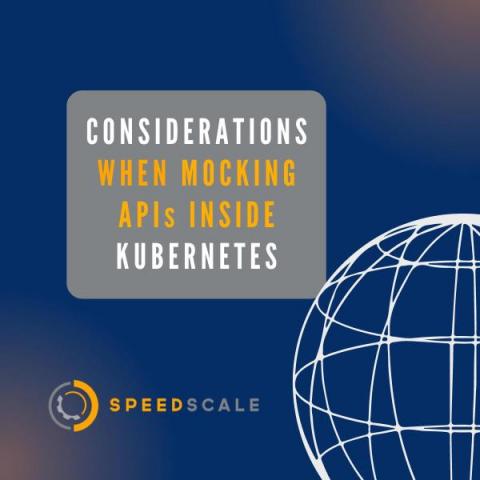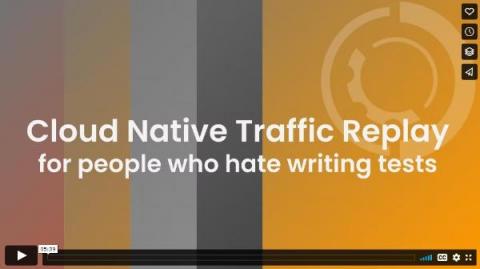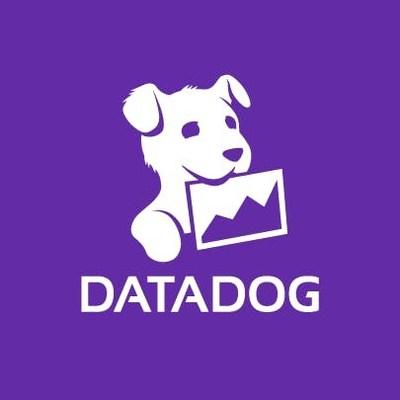Operations | Monitoring | ITSM | DevOps | Cloud
Speedscale
Preventing PII in Test environments
Production Data Simulation: Record in One Environment, Replay in Another
Have you ever experienced the problem where your code is broken in production, but everything runs correctly in your dev environment? This can be really challenging because you have limited information once something is in production, and you can't easily make changes and try different code. Speedscale production data simulation lets you securely capture the production application traffic, normalize the data, and replay it directly in your dev environment. There are a lot of challenges with trying to replicate the production environment in non-prod.
Load Testing: How Fast Can We Go?
Kubernetes Load Testing: Speedscale vs NeoLoad
Top Tools to Help Debug Kubernetes Applications
When building cloud-based applications, managing the infrastructure becomes a bigger challenge as you scale. Kubernetes brings order to the chaos, letting you control and automate the containers used to deploy your application. Debugging in the cloud presents further challenges, and the complexities of distributed applications make it hard for many debugging setups to keep pace. Tools designed to run locally aren't effective. However, there are Kubernetes debugging tools that can handle the shift in paradigm. In this article, you'll read about several options that make debugging Kubernetes applications much easier.
High Scale Postman Load Testing for Kubernetes
Considerations When You Mock APIs Inside of Kubernetes
Video: Cloud Native Traffic Replay
Datadog & Speedscale: Improve Kubernetes App Performance
By combining traffic replay capabilities from Speedscale with observability from Datadog, SRE Teams can deploy with confidence. It makes sense to centralize your monitoring data into as few silos as possible. With this integration, Speedscale will push the results of various traffic replay conditions into Datadog so it can be combined with the other observability data. Being able to preview application performance by simulating production conditions allows better release decisions. Moreover, a baseline to compare production metrics can provide even earlier signals on degradation and scale problems. Speedscale joined the Datadog Marketplace so customers can shift-left the discovery of performance issues.


